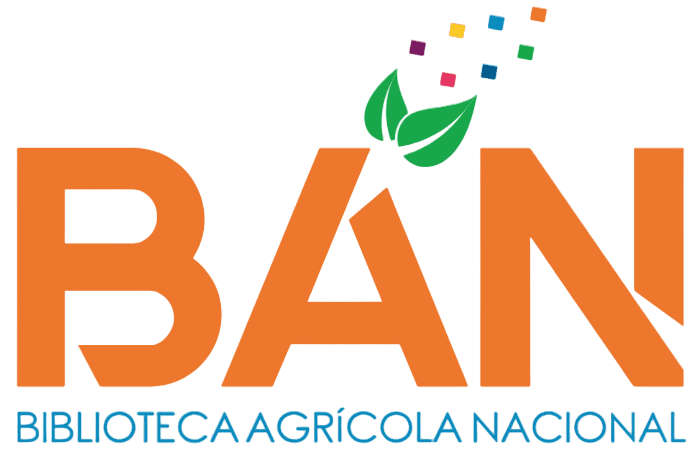Dinámica poblacional y abundancia del langostino café (Penaeus californiensis) en la pesquería de arrastre en la provincia de Talara (Piura)
Loading...
Código QR
Authors
Fernández Mayta, Jhenifer Jhulisa
Contact Email
Abstract
En este trabajo se analizan los principales parámetros poblacionales el estado de explotación del langostino café (P. californiensis) capturado en una pesquería de arrastre artesanal en la provincia de Talara (Piura), como elementos básicos para conocer la dinámica poblacional de este recurso. Durante los meses de abril de 2019 a marzo de 2020 se colectó información de captura, esfuerzo, composición de tallas, estadios reproductivos y peso de los langostinos capturados entre Punta Sal (Tumbes) y Cabo Blanco (Piura). Los resultados mostraron que la captura total en el periodo de estudio fue 716.18 toneladas y la captura por unidad de área (CPUA) (kg/km2) promedio fue de 637.52 kg/km2. Se comparó por estaciones y la prueba Tukey mostró diferencias significativas entre verano y otoño, primavera e invierno (p = 6.547e 05). La proporción sexual entre hembras y machos fue de 1,3H: 1M, donde el 55.46% fueron hembras y el 44.54% machos. La presencia de hembras totalmente maduras fue en los meses de febrero y marzo, y en los meses de septiembre y noviembre se encontró un promedio del 1.5% de hembras en maduración inicial. Los parámetros de crecimiento estimados fueron L∞ = 46.2 mm Lc y K = 1.1 año-1 en hembras y L∞ = 41.09 mm Lc y K = 1.0 año-1 en machos. La mortalidad natural fue 1.47 y 1.43 año-1 para hembras y machos, respectivamente, considerándose una temperatura promedio de 20.9°C, y la mortalidad total fue 5.55 año- 1 en hembras y 5.24 año-1 en machos. El patrón de reclutamiento mostró dos pulsos. El estado de explotación estimado a través de la fórmula de Cadima, el modelo predictivo de Beverton y Holt y el modelo de data limita de LB-SPR dio como resultado que el stock de langostino café se encuentra sobreexplotado. Por lo tanto, habría que disminuir la tasa de mortalidad por pesca para permitir la recuperación del stock de P. californiensis.
In this study, the main population parameters and the exploitation status of the brown shrimp (P. californiensis) captured in an artisanal trawl fishery in the province of Talara (Piura) are analyzed as basic elements to understand the population dynamics of this resource. During the months from April 2019 to March 2020, data on catch, effort, size composition, reproductive stages, and weight of the shrimp captured between Punta Sal (Tumbes) and Cabo Blanco (Piura) were collected. The results showed that the total catch during the study period was 716.18 tons and the average catch per unit area (CPUA) (kg/km²) was 637.52 kg/km². It was compared by seasons, and the Tukey test showed significant differences between summer and autumn, spring and winter (p = 6.547e-05). The sex ratio between females and males was 1.3F:1M, where 55.46% were females and 44.54% were males. The presence of fully mature females was observed in the months of February and March, and in the months of September and November, an average of 1.5% of females in initial maturation was found. The estimated growth parameters were L∞ = 46.2 mm Lc and K = 1.1 year-1 for females and L∞ = 41.09 mm Lc and K = 1.0 year-1 for males. Natural mortality was 1.47 and 1.43 year-1 for females and males, respectively, considering an average temperature of 20.9°C, and total mortality was 5.55 year 1 in females and 5.24 year-1 in males. The recruitment pattern showed two pulses. The exploitation status estimated through the Cadima formula, the Beverton and Holt predictive model, and the LB-SPR data-limited model resulted in the conclusion that the brown shrimp stock is overexploited. Therefore, the fishing mortality rate should be reduced to allow the recovery of the P. californiensis stock.
In this study, the main population parameters and the exploitation status of the brown shrimp (P. californiensis) captured in an artisanal trawl fishery in the province of Talara (Piura) are analyzed as basic elements to understand the population dynamics of this resource. During the months from April 2019 to March 2020, data on catch, effort, size composition, reproductive stages, and weight of the shrimp captured between Punta Sal (Tumbes) and Cabo Blanco (Piura) were collected. The results showed that the total catch during the study period was 716.18 tons and the average catch per unit area (CPUA) (kg/km²) was 637.52 kg/km². It was compared by seasons, and the Tukey test showed significant differences between summer and autumn, spring and winter (p = 6.547e-05). The sex ratio between females and males was 1.3F:1M, where 55.46% were females and 44.54% were males. The presence of fully mature females was observed in the months of February and March, and in the months of September and November, an average of 1.5% of females in initial maturation was found. The estimated growth parameters were L∞ = 46.2 mm Lc and K = 1.1 year-1 for females and L∞ = 41.09 mm Lc and K = 1.0 year-1 for males. Natural mortality was 1.47 and 1.43 year-1 for females and males, respectively, considering an average temperature of 20.9°C, and total mortality was 5.55 year 1 in females and 5.24 year-1 in males. The recruitment pattern showed two pulses. The exploitation status estimated through the Cadima formula, the Beverton and Holt predictive model, and the LB-SPR data-limited model resulted in the conclusion that the brown shrimp stock is overexploited. Therefore, the fishing mortality rate should be reduced to allow the recovery of the P. californiensis stock.
Description
Universidad Nacional Agraria La Molina. Facultad de Pesquería. Departamento
Académico de Manejo Pesquero y Medio Ambiente
Keywords
P. californiensis
Citation
Date
2024
Collections
Seleccionar año de consulta:
Licencia de uso

Excepto si se señala otra cosa, la licencia del ítem se describe como info:eu-repo/semantics/openAccess

